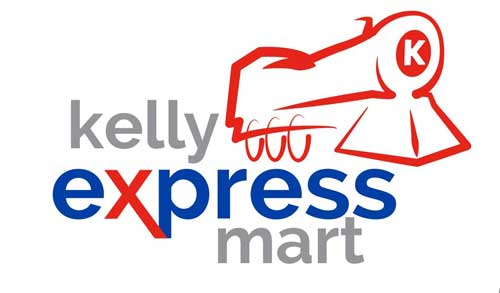Class C Operator Training
“Class C Operator” means an individual who has daily on-site presence and responsibility to handle emergencies and alarms pertaining to a spill or release from the underground storage tank system.
Responding to Spills and Alarms
The simple truth is that spills happen.
Spills might occur at the pump island by a customer or at the underground tank when a delivery is made. You must be alert. Continuously monitor the fuel island and be ready to assist the transport driver if a spill occurs.
Federal & Michigan law requires that a person who owns or operates a facility transporting, storing, or otherwise handling fuel, shall be prepared at all times to rapidly and thoroughly recover discharged fuel, and to take all other necessary actions to minimize pollution and protect the public safety and health.
If a Spill Occurs
- Stop the source of the spill, if you can do so safely. Shutting off the pump nozzle or shutting down the power to the dispensers will stop product from continuing to spill.
- Determine the size and type of the spill (i.e. large or small, flowing or pooling).
- If the spill has pooled and you CAN SAFELY contain and absorb the spill, do so by building a temporary dike around the spill using the spill kit absorbent. Pour absorbent directly on the spill to soak up the fuel. Move the absorbent over the spill with the broom.
- Control access to the fuel spill area using the cones in the spill kit. Let everyone know what is happening to minimize potential fire hazards. Control traffic around the spill, and stop customers from starting cars or using cell phones in the immediate area.
- Determine if the spill has flowed into a street and if any storm drains are in the immediate area. If it has, call the Fire Department and tell them that fuel has gone into a storm sewer, where you are located and your estimate of how many gallons. The Fire Department will have equipment to check the level of vapors in the storm sewer.
- Clean up the spill material properly. Brooms and shovels can be used to collect absorbent materials used to contain and recover the fuel. This spill material can be put into buckets, garbage cans, barrels or on top of plastic sheeting. Remember to control potential fire sources around the materials.
- Report the spill to the responsible COMPANY EMPLOYEE OR OWNER. Be aware, state law requires that spills over twenty-five (25) gallons must be reported to the proper authorities within 24 hours. If the C-Store does not have a home office, or no one is there, contact the appropriate supervisor or owner, at home, if necessary. A supervisor or owner may then contact the proper authorities.
- Recover the spilled materials. Make certain that all applicable safety precautions are observed at all times during recovery. Depending on the size of the spill and the nature of the material spilled, the C-Store may need to hire a company trained in environmental remedial procedures. If the spill is relatively small (5 gallons or less), spread the granular absorbent liberally over all the spill area and work it into the spill with a broom or similar tool. If you are using absorbent pads or other similar material, work these into the spill material as you would a sponge, until all free product is absorbed. In the case of granular or other absorbents, be sure to use enough material so that the petroleum does not run back out of the material when you are done mopping. Clean up absorbent materials and dispose of it as per directions of your supervisor.
Alarm Response
An ATG (automatic tank gauge) measures and produces reports based on the gallons in the tank. The ATG has an alarm on it and will indicate when there has been a possible release and, in most cases, indicate to the fuel tanker driver if the tank is close to 90% full. Your supervisor will teach you about your ATG, as they are site specific.
Safety First
When fueling make sure customers are:
- ln attendance of the nozzle
- Using approved containers if they are not
filling a vehicle.
- Filling the container on the ground not in a
trunk or truck bed
- Don’t use glass containers
Know your fueling system
- Dispensers
- Emergency Shut Off
- Submersible Pump Breakers
- Underground Fuel Tank
- Overfill Alarm
- Automatic Tank Gauge*
- Vents
Three Ways to Shut Off Flow
- Press ALL Stop Button
- All-Stop POS
- Breaker Panel
Please click here to continue to the test
